Tag Archive: Drunk driving
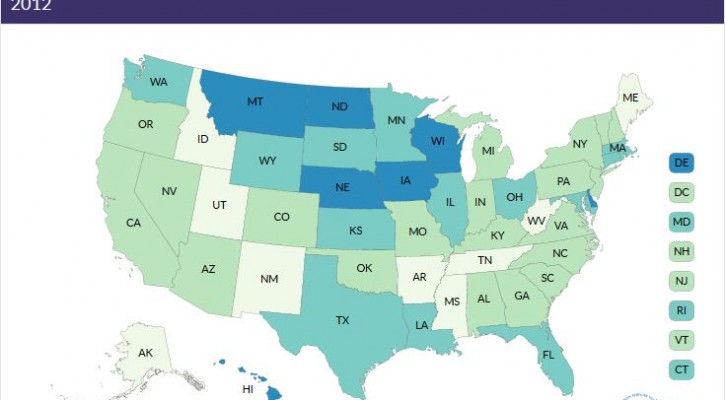
Over Four Million Reported Driving Drunk In The Last Month
August 19, 2015
A new report by the Center for Disease Control and Prevention (CDC) shows that more than four million drivers reported that they have driven while impaired in the previous month.
To compile the report, the CDC used the 2012 Behavioral Risk Factor Surveillance System survey, an anonymous telephone survey conducted by state health departments for the CDC that looks at behavioral risk factors nationwide. The results from the survey show that “an estimated 4.2 million adults reported at least one alcohol-impaired driving episode in the preceding 30 days.”
The survey goes on to break down the numbers by sex, age, and state. The greatest number of reported episodes were among men (80%). Among the men, the age group with the highest number of reported incidents were young men between the ages of 21 – 34 years (32%). The greatest number of reported incidents were reported in mid-western states.
Among those reporting an impaired driving incident, 85% also reported episodes of binge drinking. Binge drinking was defined as “women drinking four or more alcoholic beverages per occasion and men drinking five or more alcoholic beverages per occasion.” Those who reported binge drinking at least four times per month also accounted for 61% of the reported impaired driving episodes.
The survey also looked at seat belt use and those who reported that they didn’t always wear a seat belt had an impaired driving rate three times higher than those who reported always wearing a seat belt. Seat belt use was lower (55%) in states that had a secondary seat belt law compared to those who lived in states with a primary seat belt law (74%).
To combat the problem of drunk driving, the CDC suggested that states and localities should consider interventions that have proven to be effective such as:
- Expanding the use of publicized sobriety checkpoints.
- Enforcing 0.08 g/dL BAC laws and minimum legal drinking age laws.
- Requiring ignition interlocks (i.e., breath-test devices connected to a vehicle’s ignition that require a driver to exhale into the device, and that prevent the engine from being started if the analyzed result exceeds a preprogrammed level) for all persons convicted of alcohol-impaired driving.
- Increasing alcohol taxes.
- Additionally, all states might consider enacting primary seat belt laws that cover all passengers to help reduce fatalities in alcohol-impaired driving crashes.
To see how your state ranked in the survey, visit: Sobering Facts: Drunk Driving State Fact Sheets
NHTSA Introduces DADDS To Stop Drunk Drivers
June 4, 2015
A new system called DADDS (Driver Alcohol Detection System for Safety) was introduced to lawmakers, researchers, and safety advocates by the National Highway Traffic Safety Administration (NHTSA) today.
DADDS is designed to prevent a vehicle from starting if alcohol is detected in a driver. The system under development can do this in one of two ways, either through detection of alcohol in the driver’s breath or through touch on the vehicle’s starter button.
DADDS has been under development for several years through a joint effort by NHTSA and the Automotive Coalition for Traffic Safety (ACTS) a coalition of automotive industry groups. Together, they have worked with private sector researchers to develop this potentially life saving technology.
More than 10,000 deaths per year are caused by drunk drivers. That’s approximately one-third of all highway deaths in a year. It’s hoped that this system, once it’s fully developed, can prevent the majority of those deaths.
According to NHTSA, the research has been in progress since 2008 and is progressing in three stages:
- Phase I – Research and analysis of two different technological approaches to measuring driver alcohol levels – a touch-based approach allowing assessment of alcohol in human tissue and a breath-based approach allowing assessment of alcohol concentration in the driver’s exhaled breath focused on speed, accuracy and precision. Completed 2011.
- Phase II – Additional Research and testing of touch-based and breath-based sensors to improve accuracy and precision performance, and decrease measurement time to meet or exceed DADSS performance specifications. The prototypes will then be installed in a research vehicle. This phase is expected to be completed early 2016.
- Phase III – Phase III and subsequent phases of research will permit further refinement of the technology and test instruments as well as basic and applied research to understand human interaction with the sensors both physiologically and ergonomically – that is, how these technologies might operate in a vehicle environment. This phase began in late 2013 and is being conducted in parallel with the Phase II research.
Once the DADDS system is fully developed, NHTSA hopes that starting a vehicle will be seamless and practically unnoticeable to a sober driver but impossible for a drunk driver.
Read more: DADSS technology offers big leap forward in drunk driving prevention
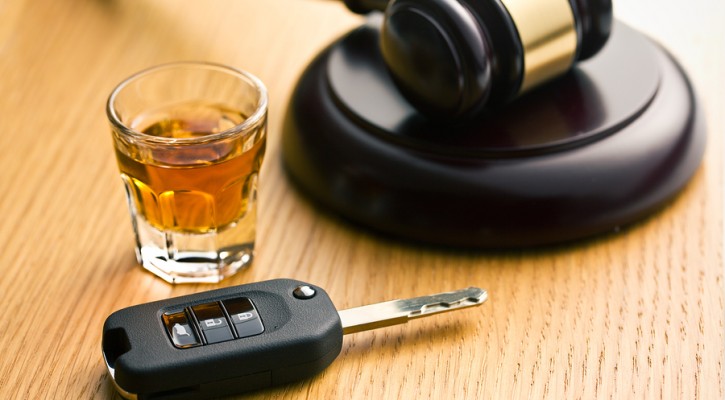
MADD Opposes Proposed Florida DUI Bills
March 25, 2015
Mothers Against Drunk Driving ( MADD ) has come out in opposition to two bills that are currently under consideration by the Florida legislature. The proposed bills, HB 1117 and SB 1192, if passed, would authorize Florida courts to order a transdermal monitoring device or treatment program in lieu of ignition interlock device for certain DUI offenders. MADD feels that these bills, if passed, would weaken rather than strengthen Florida’s DUI laws.
Last year, under the general transportation bill passed and signed by the governor, the Florida legislature gave judges the authority to require ignition interlock systems for certain, first time DUI offenders. Before passage of that bill, interlock devices could only be ordered for someone convicted of a second or subsequent DUI offense.
Ignition interlock devices, when installed in a DUI offender’s vehicle, require the driver to blow into a device that measures alcohol content. If alcohol is detected, the vehicle will not start.
Transdermal devices are worn by the offender either as a wrist or ankle bracelet and they determine whether or not the wearer has been drinking by measuring the alcohol content in their perspiration. If the presence of alcohol is detected, a signal is sent to law enforcement authorities or parole officers. For anyone who has been ordered by the court to completely abstain from the use of alcohol, the transdermal device is an effective tool for ensuring compliance with the court’s order.
MADD’s issue with the bills under question is that the only thing the transdermal device will do is notify authorities that the offender has been drinking; it won’t prevent the offender from driving a vehicle while drunk. If the transdermal device was the only device used, it would require an immediate response from the police or parole officers to find and prevent the offender from getting into a vehicle. That’s not very likely.
MADD feels that the transdermal device would be an effective tool along with an ignition interlock device but it should not be an either/or option for the Florida courts.
According to the Centers for Disease Control and Prevention (CDC), interlocks have been shown to reduce repeat offenses by 67 percent. States that have all-offender interlock laws in place have seen a reduction in drunk driving deaths of up to 45 percent. Currently, 24 laws have these laws already in place and MADD is pushing for laws in all 50 states to make ignition interlock devices mandatory for all first time DUI offenders.
If you agree with MADD that these bills should not be passed contact your Florida State representatives.
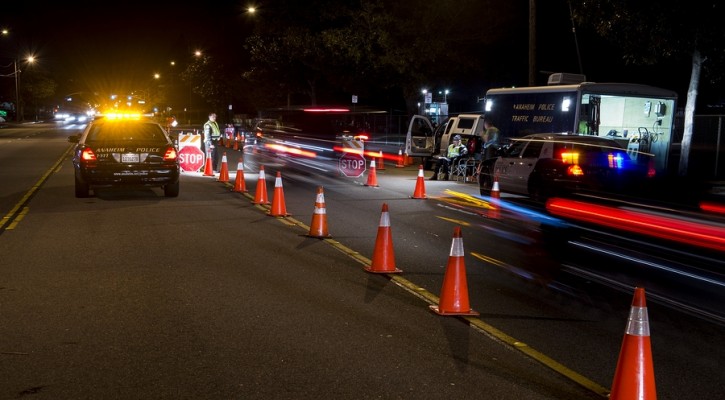
DUI Checkpoints Praised By Doctor In Editorial
February 20, 2015
A Florida Lawyer recently posted his advice to drivers who encounter DUI checkpoints. His advice; refuse to lower your windows, post a sign that says you will not cooperate, and request a lawyer. His advice has gone viral but is it good advice? Is driver safety being served by his advice?
Dr. Barron H. Lerner, professor of medicine and population health at the NYU School of Medicine has posted an editorial in Forbes that not only refutes the lawyer’s advice but urges state lawmakers to pass laws making refusal to cooperate in DUI checkpoints a crime. In his words, “Drunk driving checkpoints should be celebrated, not avoided.”
In 2012, the latest year for which there is data, the National Highway Transportation Safety Administration (NHTSA) recorded 10,322 highway deaths, including 239 children under the age of 14, due to drunk driving. That’s thirty-one percent or almost one-third of the total 33,561 traffic deaths in 2012. According to NHTSA, an alcohol related fatality occurred every 51 minutes in 2012. While alcohol fatalities have gone down significantly since the 1980s, they are still too high.
According to the Centers for Disease Control and Prevention (CDC), there are approximately 300,000 incidents of drinking and driving on America’s roads each day.
Studies have shown that states and localities with high visibility enforcement, including DUI checkpoints, have a lower number of drunk drivers on the road compared to areas with lower levels of DUI enforcement. Drivers in those areas with high enforcement are less likely to take a chance on drinking and driving if they know there’s a good likelihood that they may be stopped.
DUI checkpoints and vigorous enforcement of the laws make the roads safer for everyone. It seems to be a logical conclusion that only those who have been drinking and have a fear of arrest for DUI would feel a need to refuse to cooperate at a DUI checkpoint. Those people are why the DUI checkpoints exist in the first place.
To read Dr. Lerner’s editorial, visit: Why Drunk Driving Checkpoints Should Be Celebrated, Not Avoided
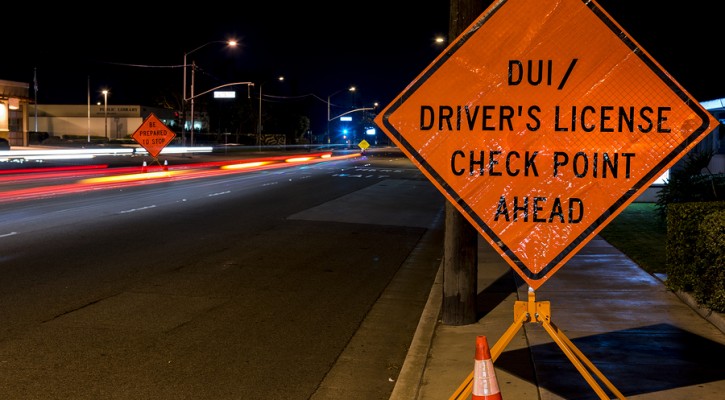
Strong DUI Enforcement Practices Reduce Drunk Driving
January 13, 2015
Communities that engage in strong DUI enforcement practices have fewer drunk drivers on the road than communities without such strong measures. This finding is according to a study conducted by the Pacific Institute for Research and Evaluation (PIRE) and published in the journal Alcoholism: Clinical and Experimental Research.
While education efforts about the dangers of drunk driving by organizations such as Mothers Against Drunk Driving (MADD) have been successful in raising awareness of the issue and reducing the number of DUI related deaths over the past 30 years, drunk driving is still a major problem on American roads. Drunk driving remains responsible for approximately one-third of all traffic deaths in the US each year and deaths in alcohol related crashes actually increased by 4.6 percent from 9,865 in 2011 to 10,322 in 2012 according to the National Highway Traffic Safety Administration. According to a 2010 study conducted by the Centers for Disease Control and Prevention (CDC), there are approximately 300,000 incidents of drinking and driving on America’s roads each day.
Researchers in the PIRE study compared communities with strong DUI enforcement policies with communities that had fewer DUI arrests. Among their findings:
- Drivers on the roads in communities who were exposed to fewer than 228 traffic stops per 10,000 population aged 18 and older had 3.8 times the odds of driving with a BAC of 0.08 or higher compared to those drivers on the roads in communities with more than 1,275 traffic stops per 10,000 population.
- Drivers on the roads in communities with fewer than 3.7 driving under the influence (DUI) arrests per 10,000 population had 2.7 times the odds of BAC-positive drivers on the roads compared to communities with the highest intensity of DUI arrest activity.
The study’s authors concluded that once the local population realizes that police are using DUI checkpoints and other strong DUI enforcement tactics, the number of people willing to risk driving drunk goes down significantly.
Unless they have received specific grants from state or federal sources, police departments are reluctant to direct valuable resources toward DUI enforcement but previous PIRE studies show a huge return in investment for DUI enforcement. According to a PIRE study on impaired driving in Florida;
- Using undercover police officers to enforce Florida’s law against serving alcohol to intoxicated bar and restaurant patrons would reduce alcohol-related crash fatalities by an estimated 11%. It would cost $0.50 per licensed driver and save $40 per licensed driver.
- Intensive enforcement of Florida’s BAC limit with highly visible sobriety checkpoints would reduce alcohol-related fatalities by at least 8% and save $112,400 per checkpoint. Including costs of travel delay and the value of mobility losses by impaired drivers apprehended and sanctioned, the costs of conducting a checkpoint would average $15,900 including police resources.
The Chattanooga, TN police department has a dedicated squad of three officers and a sergeant who work full time in DUI enforcement. Through creative tactics and by gaining the trust and support of bar owners, they’ve been able to reduce the number of DUI related traffic fatalities in Chattanooga by sixty percent; all while DUI related deaths in nearby regions have risen over the last year. An unexpected benefit is that taxi service in the city has almost tripled.
Other methods under consideration or already enacted in some states that have been shown to lower the incidents of drunk driving include:
- Alcohol detection interlocks in vehicles for first time DUI offenders.
- Lowering the legal limit for DUI from .08 BAC to .05 (Most European nations have adopted the .05 or lower BAC limits.)
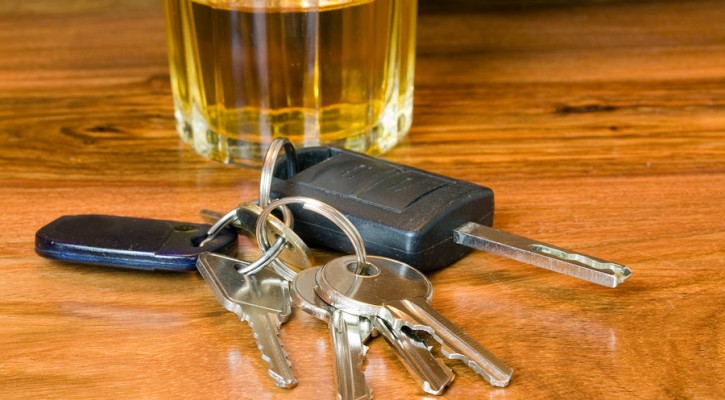
DUI Deaths Rise After Six Year Decline
July 1, 2014
DUI deaths in 2011 fell below 10,000 for the first time but, according to the National Highway Transportation Safety Administration, DUI fatalities increased by almost five percent. Read more: The battle against impaired driving rages on

MADD Refuses Donation From Teen Drinking Party Host
April 18, 2014
Mothers Against Drunk Driving (MADD) issued a statement stating they will refuse a donation from a Rhode Island woman who hosted her daughter’s 16th birthday party in which teens were allowed to drink. In return for avoiding jail time, the woman agreed to donate $5,000 to MADD as part of a plea agreement. Saying they could use the money, MADD officials said it would send the wrong message. Read more: Rhode Island Social Host Charge

Car’s Owner Ruled Liable In DUI Case
April 17, 2014
After a long court case, the Florida Supreme Court has ruled that not only the driver but also the registered owner of a vehicle can be held liable in a DUI death case. Read more: Fla. Supreme Court rules after 9-year legal battle
